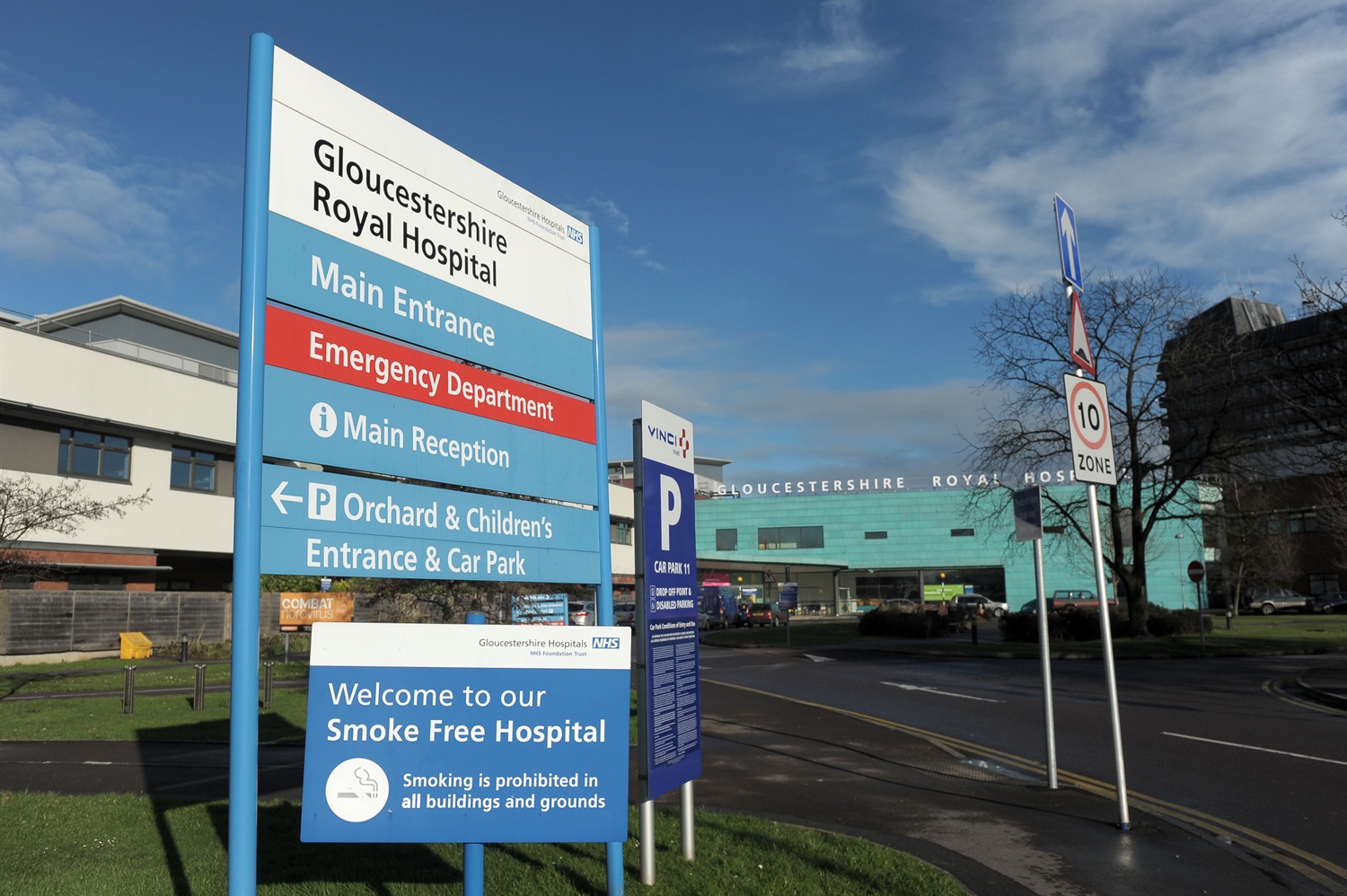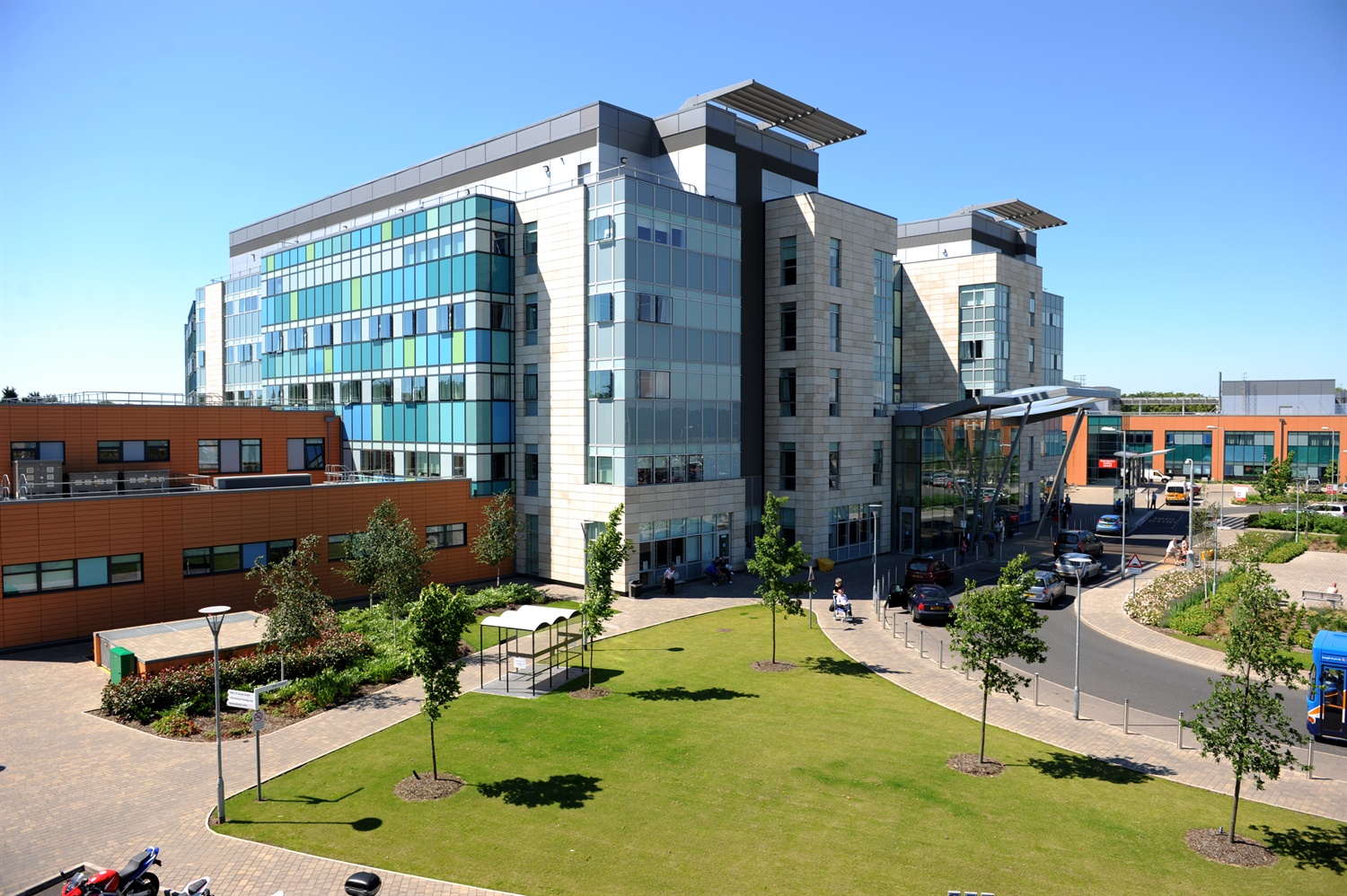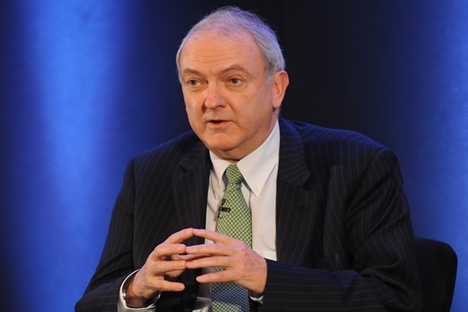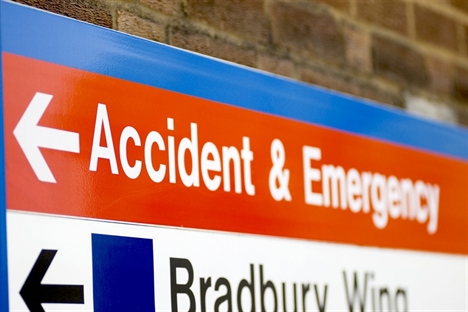14.01.15
‘I’ve seen staff go well beyond the call of duty’
An NHE investigation has revealed the extent of the pressures on A&E departments this winter at scores of hospitals that have not declared formal major incidents.
Seventy-eight of the 140 trusts and FTs in England that have Type 1 A&E departments responded to information requests. On top of 11 that have declared a major incident since the start of December 2014, another 12 have declared ‘significant’ or ‘internal’ incidents or have spent time on ‘black alert’ status – the step below declaring a major incident.
Even of those trusts that did not raise their alert status, 23 had to cancel outpatient appointments or scheduled operations to deal with the influx of emergency admissions, and a further 24 reported significantly increased pressure on their hospitals.
Only eight of the trusts that responded to NHE, or 10%, seemed to be coping normally.
Different trusts define what constitutes a major incident differently. Some only use the term for events like major accident or incident that caused many injuries or deaths. The NHS defines a major incident as “any occurrence that presents serious threat to the health of the community, disruption to the service or causes (or is likely to cause) such numbers or types of casualties as to require special arrangements to be implemented by hospitals, ambulance trusts or other acute or community provider organisations”.
NHS England says individual trusts may declare a major incident when managers believe it is facing such high levels of pressure that local partners, such as CCGs and the Local Area Teams, will need to divert resources to ensure patients get the best care.
One trust, Epsom and St Helier University Hospitals NHS Trust, declared a ‘business continuity incident’ and said consultants were asked to review patients' conditions to see if they could be discharged to free up beds.
The 11 trusts that have confirmed declaring a major incident are:
- York Teaching Hospitals NHS FT
- University Hospitals of Leicester NHS Trust
- Walsall Healthcare NHS Trust
- Croydon Health services NHS Trust
- Bolton NHS FT
- University Hospitals of North Midlands NHS Trust
- Cambridge University Hospitals NHS FT
- Ashford and St Peters Hospitals NHS FT
- Gloucestershire Hospitals NHS FT
- Peterborough and Stamford Hospitals NHS FT
- Burton Hospitals NHS FT
Some of these trusts have since 'stood down' their major incidents. Most of those trusts declared major incidents at just one of the hospitals they administer – York Teaching Hospitals NHS FT declared an incident at Scarborough Hospital (which it ‘stood down’ on 6 January) but not at The York Hospital, for example – but several had incidents at multiple hospitals. The major incident at Gloucestershire Hospitals NHS FT covered both Gloucestershire Royal and Cheltenham General Hospitals.

This may mean, for example, bringing in additional staff, diverting staff from other activities or postponing some routine procedures.
At the national level, Monitor, the NHS Trust Development Authority and NHS England provide oversight of trusts who declare the status, but NHS England does not provide additional funds.
An NHS England spokesperson said: “The purpose of the ‘major incident’ alert is to support trusts locally and allow them the freedom to respond to specific pressures and ensure that patients receive the care and treatment they need.”
In announcing a major incident, Neil Doverty, chief operating officer at Peterborough and Stamford Hospitals NHS FT, said its major incident followed “a weekend of greater levels of emergency admissions and fewer patients being discharged, due to either being medically unfit or awaiting further care arrangements to be put into place in the community across all counties we serve”.
That triggered action plans under which care for emergency patients is prioritised, with hourly assessments and higher-than-usual levels of staff co-ordination, as well as ensuring that patients are “given clear information on the reasons for any delays to them getting to a bed on a ward”. He added: “At times such as this the trust is reliant upon support by all our external healthcare partners locally, such as GPs, community services and health and social care partners.”

(Above: Peterborough and Stamford Hospitals NHS FT)
At least 17 operations were cancelled, though day cases, cancer surgery and urgent and emergency operations continued to take place. "We will be rescheduling these operations as a priority in the coming weeks," Doverty said.
The trusts that declared ‘significant’ or ‘internal’ incidents are:
- Bedford Hospital NHS Trust
- Brighton and Sussex University Hospitals NHS Trust
- University Hospitals Bristol NHS FT
- Norfolk and Norwich University Hospitals NHS FT
- Plymouth Hospitals NHS Trust
- Wye Valley NHS Trust
Some of these internal incidents have now been 'stood down' completely or downgraded to 'black alert' status. But Wye Valley NHS Trust announced its internal incident at Hereford County Hospital on 5 January and still had not stood down from the status as of 13 January.
“Staff members are going the extra mile on a daily basis to ensure patients receive safe care as quickly as possible,” said Richard Beeken, the chief executive at Wye Valley NHS Trust.
“We have limited capacity with an Emergency Department designed to handle 125 patients a day now regularly seeing more than 150, and we need to plan carefully how we use the 220 beds we have at the County Hospital.
“For example, on one day this week, we had 57 emergency admissions. These were extremely sick patients who could not be sent home but needed urgent treatment. Thanks to the expertise, care and skill shown by our staff members, we were able to free up enough beds to ensure these patients received safe and compassionate care.”
Hospital bosses are meeting several times a day to carefully plan which beds are being used and which patients can be discharged – often with a package of care to ensure they are discharged safely to their own home.
“At one point the pressure was so acute at the hospital we had nearly 50 people in our Emergency Department, five were waiting on trolleys to be seen, our Clinical Assessment Unit was full, the discharge area at the hospital was full and we had one resuscitation bay free,” Beeken added.
“We have worked hard to ensure we make use of the beds in our community hospitals and have been caring for patients at these to free up beds at the County Hospital.
“I’ve seen team-working like never before and I’ve seen staff go well beyond the call of duty. I’d like to publicly thank every member of trust staff, from the doctors and nurses on the frontline right through the organisation to those who work in the back offices – those that patients never see. It’s thanks to their professionalism and willingness to go the extra mile that our patients have had the best experience possible while in our care.”
Alongside the rise in demand at A&E and the shortage of consultant-level emergency doctors are key causes of the current pressures, so is the difficulty in discharging some patients to appropriate care settings.
Paul Brennan, director of clinical services at Oxford University Hospitals NHS Trust, said: “We have seen an increase in very unwell patients attending our Emergency Departments who have needed to be admitted for further medical care. We also have well-documented problems in being able to discharge patients to the next stage of their care (whether at home, to intermediary care beds, community hospitals or nursing homes). However, we are doing our best to balance the needs of our emergency patients with those needing elective care and we only cancel planned admissions when we absolutely have to.”
The problem of being unable to discharge patients is sometimes called ‘bed blocking’, though many feel this puts unfair blame on patients when it is the system’s fault, not theirs. In November, NHE reported that a lack of social care funding was forcing 1,000 patients a day to remain needlessly in hospital, which Sir Bruce Keogh, the medical director of NHS England, described as a “major issue”.

Research by NHS Providers found that half of hospitals reported that at least 10% of beds are taken up by people who should but cannot be discharged, in a survey of 50 NHS trust heads across England. Twenty of the respondents said as many as one in five beds could not be used for new admittances. At Addenbrooke’s in Cambridge, 87 of 1,000 beds are filled with such patients. One had been there for 72 days after she was declared fit to leave, and another for 59 days.
Chris Hopson, chief executive of NHS Providers, which represents NHS trusts, told us: “Our members tell us delayed discharges are a very significant problem and a major contributor to current performance difficulties in accident and emergency services. You get what you pay for, and you cannot reduce social care funding without significantly increasing risk for the NHS, however hard local authorities work. The government has to properly fund both the NHS and social care to deal with rapidly rising levels of demand as the population lives longer and with increasing numbers of older patients with complex multiple conditions.”
A previous Health Select Committee enquiry into A&E pressures noted that “when demand for care is not met elsewhere, people go to A&E because they know the door is always open”, though staffing levels, especially at consultant-level, exacerbate the problem. A Nuffield Trust analysis of rising A&E pressures published in summer 2014 noted: “The College of Emergency Medicine highlighted the challenges of maintaining a full staff roster in busy A&E departments, especially when competing against other specialties which junior doctors perceived to provide a better work/life balance. Despite this perception, the number of doctors with an emergency medicine specialty has increased at a faster rate than all other specialties combined between 2002 and 2012, and the rate and pattern of sickness absence among doctors with an emergency medicine specialty does not differ greatly from doctors in other specialties.”

The King’s Fund has published a ‘myth-buster’ guide examining the truth behind the various theories on why A&E pressure is getting worse.
Tell us what you think – have your say below or email [email protected]